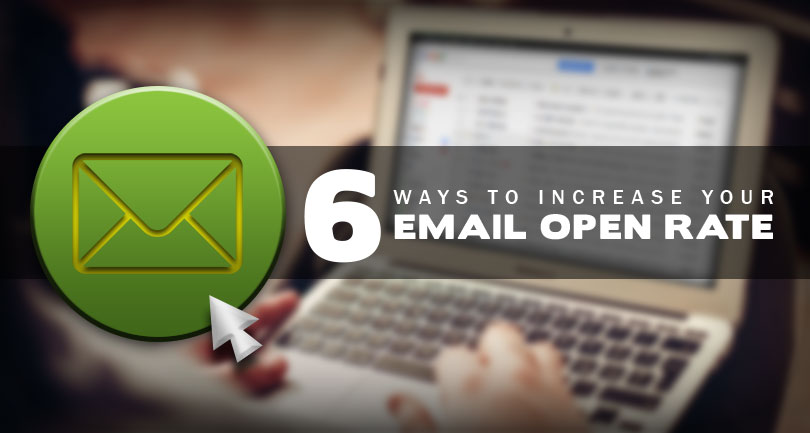A guest blog post by Monique Craig
If your inbox is full of unopened e-mails, you should know that not every e-mail you send to your subscribers will catch their eye, let alone get opened and read. Consumers are inundated daily with enormous amounts of e-mail. So if you want your message to capture their attention, you need to make it stand out.
The subject line is the first impression you make with your e-mail, and we all know the importance of a first impression.
Here are 6 practical tips on how to create subject lines that will visibly increase your open rates:
1. Go for simplicity.
Being clear and concise is key. Your consumers have a limited amount of time, and you should respect that. Be specific and write short subject lines that perfectly capture your point. This will work best if users are already engaged with your brand and products, as in e-mail notifications and updates, which always have a specific purpose.
2. Don’t ignore the value of humor and controversy.
While simplicity works well in pretty much every context, humor implies exclusivity, and that might not appeal to the masses. But if you’ve got a good grasp of your audience’s preferences and your e-mails are targeted, a good joke in the subject line can be very effective. Humor requires extra care, but the effort usually pays off.
Controversial subject lines are a different matter altogether. Something shocking will grab your customers’ attention, but before you test a shocking subject line, you need to make sure you understand your target audience, or else you risk alienating them. Controversial subject lines are tricky but can pay off significantly when it comes to your open rates.
3. Use single-word subjects.
Another great strategy for simple and attention-grabbing subject line is using one well-chosen word. Single-word subjects stand out and catch your user’s eye. Of course, you have to choose your word wisely. Subjects like “Survey” or “Offer” will mean nothing, seem like spam and won’t work well. But if the word holds some strong emotional connotation, like “Panic” or “Stuck?”, your open rates may skyrocket.
4. Personalize.
Personalizing your subject lines is a great strategy for increasing your open rates. Instead of the obvious strategy of featuring the recipient’s name, try a different approach and tailor your subject lines based on location, language or specific interests. Sending e-mails with the best offers in the customer’s area or with products selected based on the customer’s last purchase helps you test the interests of your consumers and identify what style and approach works best for your audience.
5. Give it a Test.
What works for a general audience might not work for your audience. That’s why testing should be a critical part of your target audience research, especially when it comes to the length of the subject line.
Before sending your e-mail, craft two versions of your subject line and conduct an A/B test with your audience. You can measure your audience’s taste for humor, first-letter capitalization, and many other style features. This data will help you craft better future subject lines.
6. Avoid triggering spam filters.
A recent subject line study conducted by MailChimp revealed that it’s not only words like “free” that trigger spam filters. Three seemingly innocent words also send your e-mail directly to spam: “Reminder,” “Percent Off,” and “Help.” These words will have a decidedly negative impact on your open rates since most of the time your messages will be categorized as spam and never even seen by your audience.
Considering all the tips listed above, you should also remember that your message will always appear in context. Make sure that the “From” field includes your company name, and move the “Open in your browser” link to the bottom of the email. Use the H1 tag with care. Let your great subject lines speak for themselves.
Do you also have other subject line strategies that have made a huge impact on your open rates? Share them with us!
About the author:

Monique Craig is an Australian blogger and marketing specialist who works for Oneflare, an online marketplace which connects customers with local service providers.






